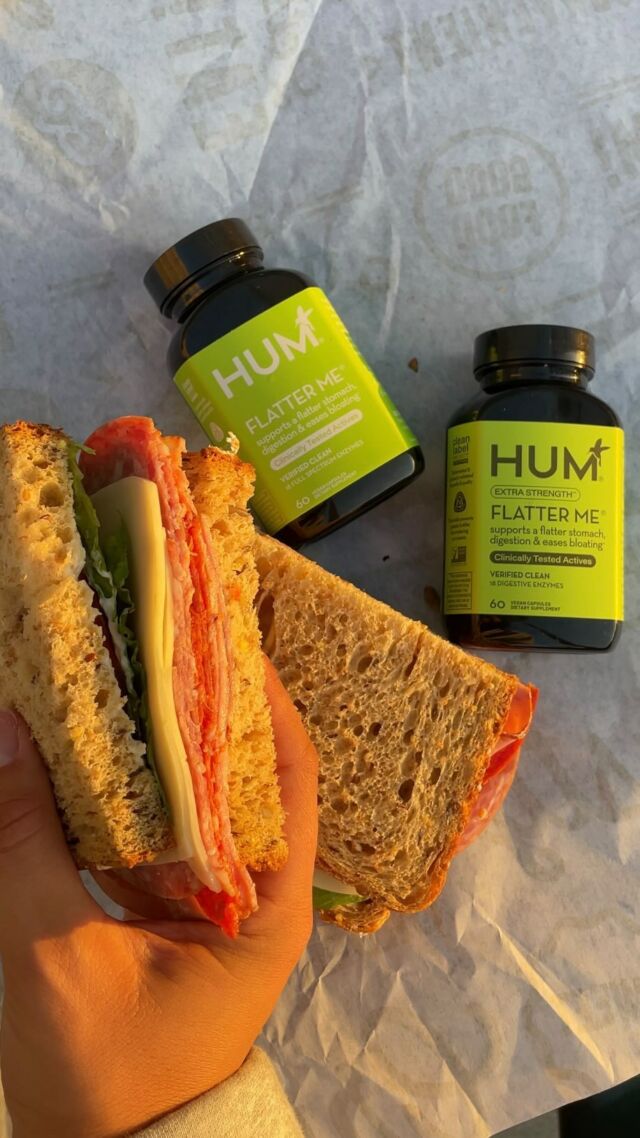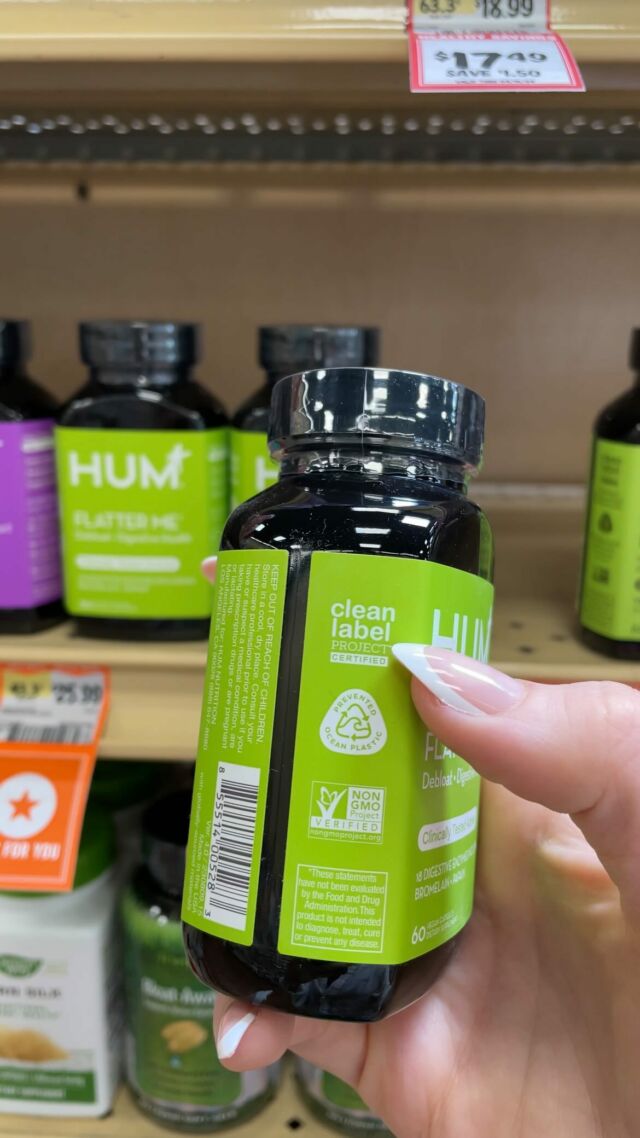THE WELLNEST • Food • Healthy Eating
How to Read Food Labels Like a Nutritionist
By Jessica Nelson, RDN, CPT •
November 3, 2016
Medically Reviewed By
Gaby Vaca-Flores, RDN, CLE
Registered Dietitian Nutritionist
A step-by-step guide.
Reading food labels is a tricky process worthy of a facepalm emoji (which luckily now exists to help express frustration and exasperation). Labels can be incredibly misleading because regulations are complex and many manufacturers take certain liberties with health claims. As a result, you may end up with a product that’s much less healthy than you originally thought. So we turned to Jessica Nelson, RDN, NASM-CPT, and Eugenie Samuel, a holistic nutrition coach, to help us decipher food labels.
How to Read Food Labels
Step 1: Be Wary of Claims
Look at food labels like you’re reviewing a potential paramour’s online-dating profile. In other words, be skeptical of baiting phrases. (Think terms like “cholesterol free” and “natural.”) Studies have shown that consumers are more likely to buy products with health claims, but the truth is that many of these claims are misleading. Let’s break a few of them down.“Cholesterol Free”
Here’s the thing: Cholesterol only comes from animal products, says Nelson. If you see this label on something like a package of nuts or oatmeal, it’s pointless because it’s already a given. Nelson says you should pay more attention to the fiber and sodium content of non-animal products bearing this label. Plus, recent studies indicate that it’s genetics—not cholesterol consumption—that impact your cholesterol levels.“Natural”
Here’s the scoop: This term is only regulated by the USDA for meat, poultry, and egg products. If that term is used on those labels, it must be minimally processed and contain no artificial ingredients, says Nelson. If the label is used on other types of products, it isn’t regulated and can be interpreted very loosely.“Organic”
“A ‘100 percent organic’ label means that synthetic ingredients are disallowed by law, and production processes must meet federal organic standards,” says Nelson. “Organic” means at least 95 percent is organically produced. Finally, “made with organic ingredients” means at least 70 percent of the ingredients are organic.Step 2: Look at the Nutrition Facts
“Always look at the panel of nutrition facts and then the list of ingredients,” says Nelson. “Sometimes we get too caught up in looking for words that we don’t understand when we should really be paying attention to key numbers.”check out the serving size
“Serving size provides a great reality check when determining your portion,” says Samuel. “Measure out two tablespoons of peanut butter; its shockingly not much for the calories!”When you look at the fat content, be sure to check out the grams of saturated fat and trans fat
Nelson says a good rule of thumb is to avoid products like dairy, baked goods, and meats that contain over three grams of saturated fat.Avoid trans fats at all costs
Trans fats go through a chemical process that turns them from liquid to solid. They’re bad news because they can lower your good cholesterol and raise your bad cholesterol. Consuming these fats also increases your risk for heart disease, stroke, and type-2 diabetes. (Note: Products are allowed to say they have zero grams of trans fat even if they contain a half gram or less. Be sure to check the ingredient list for partially hydrogenated oils.)Next, check out the fiber content
Nelson says you should aim to get 25 to 35 grams of fiber each day. If a product contains three or more grams of fiber, it’s considered a good source, she says. Foods with five grams or more are considered excellent sources.Beware of sodium levels
Sodium is a key ingredient in packaged foods. (Need proof? Just check the nutrition content of a pasta sauce or soup.) Nelson says the daily general sodium recommendation for adults is 3,400 milligrams (less than two teaspoons!). “To help manage your sodium better, avoid single-serving foods offering more than 300 milligrams of sodium. For meals, aim for only 500 to 700 milligrams of sodium,” she advises.Finally, check out the sugar content
This number refers to both naturally occurring sugars and natural sugars. “They’re changing the nutrition-facts label, effective by July 26, 2018,” says Nelson. One big change: Labels will now have a section for added sugars. This inclusion is important because research shows that it’s tough to stay within your calorie limits if 10% of your daily calories come from added sugars. “In other words, it’s easier to meet your weight-management goals if you pay attention to added sugars in products,” she says. Look out for things like high-fructose corn syrup, corn syrup, sucrose, and fruit-juice concentrate. Until the labels change, avoid foods that have added sugar as one of the first five ingredients, Nelson adds.Step 3: Check Out the Ingredient List
The list of ingredients is as important as the nutrition facts. That’s because the ingredients determine the nutrient density, Samuel says. “Processed foods use added fats and sugars, and their quality can’t be determined by how many grams are listed,” she says. “If [a food is] high in fat or sugar, look where it comes from. Is it natural in the food or from added refined sugar or oils?” When looking at the ingredient list, Samuel says to be up to date on your good fats and common names for added sugar. (Samuel notes, “10 grams of natural healthy fat in guacamole is better for you than 10 grams of fat in a portion of chips fried in industrial-seed oil such as soybean.”) Labels list ingredients from the most to least abundant. If a package indicates that additives are “less than two percent by volume,” opt for that over a product with no indicators, advises Samuel.Other ingredients Nelson says to avoid or limit
- MSG (found in many dressings, sauces, meats, and cheeses)
- Hydrogenated oils
- Added processed sugars
- White refined flours in grain products
- Artificial dyes (like blues 1 and 2, green 3, red 3, and yellow 6)
- Nitrates and nitrites (typically found in processed meats such as hot dogs)
Final Tips on How to Read Food Labels
“When comparing products, look for one with the least amount of added ‘weird’ ingredients such as gums, anti-caking agents, benzoate, or other things a home cook would never use,” says Samuels. “Don’t stop looking at labels!” Nelson emphasizes. “It’s easy to get comfortable after a while, but it’s not uncommon for formulas to change or food manufacturing companies to switch to another processing method.”More like this









